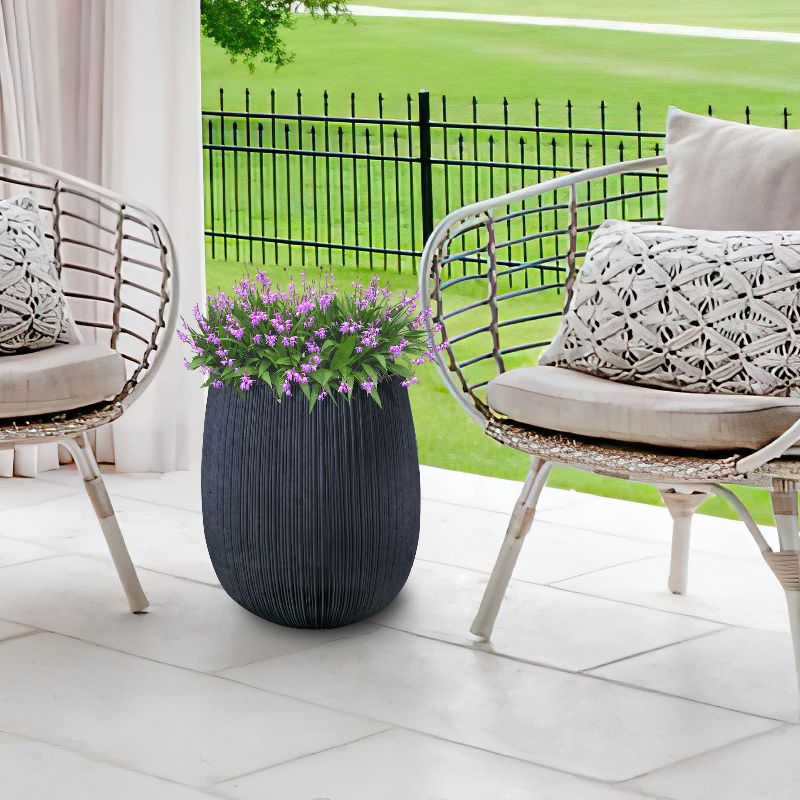What is GRC? Glass Fiber Reinforced Concrete Planters for Wholesale
GRC, or Glass Fiber Reinforced Concrete, is the backbone of Ronglin’s planter business—delivering lightweight, durable pots tailored for wholesalers, traders, bulk buyers, and brand owners. Unlike other GRC meanings, this composite weighs just 30kg/m²—half that of stone—making it a smart choice for cost-effective bulk solutions and custom designs to grow your brand. With decades of expertise, we’ve shifted from walls to planters, ensuring quality that lasts.
1. What Makes GRC Planters a Smart Buy?
GRC blends cement, sand, alkali-resistant glass fibers, water, and additives into a lightweight, strong material—perfect for planters that traders can stock and bulk buyers can ship with ease. Its 34MPa strength ensures durability, while customization options let brand owners stand out. Learn more about our production process.
| Component | Role |
|---|---|
| Cement | Binds for strength |
| Sand | Adds volume |
| Glass Fibers | Boosts durability |
| Water | Triggers curing |
| Additives | Enhances longevity |
2. Why Choose GRC Planters for Your Business?
GRC planters deliver measurable value for wholesalers and traders:
- Lightweight: 30kg/m² vs. 70-100kg/m² for stone—slashes shipping costs.
- Durable: 34MPa strength resists cracks, cutting returns.
- Breathable: 8-15% porosity keeps plants healthy, driving sales.
- Customizable: Flexible molding for brand-specific designs at scale.
Data from ASTM C947 and Ronglin’s production standards. Check out our planter range for more.
3. How Ronglin Crafts GRC Planters for Wholesale
Ronglin’s production is optimized for bulk buyers, with data-backed quality:
Hand Spray Method
We spray 5-10mm layers—achieving 10-15 kJ/m² impact resistance—making planters lightweight and stackable for shipping, with custom options for brand owners.
Premix Method
We blend fibers into cement for uniform planters—scalable for traders, with consistent 34MPa strength across large batches.
Our wall-making expertise ensures wholesale-ready precision. (See our process)
4. GRC Planters: Wholesale Success Stories
GRC planters boost profits: “The lightweight design cuts shipping costs,” says a wholesaler, while a brand owner adds, “Custom succulents pots flew off shelves.” With 8-15% porosity, they keep plants thriving—perfect for bulk sales.
 Succulents in a GRC pot—popular with traders |
 Roses in a custom GRC pot—brand owner hit |
Bulk buyers trust GRC’s 10-15 kJ/m² impact resistance for fewer damaged goods, while its eco-friendly build attracts green brands. See our rectangle planters or full range.
5. The Future of GRC Planters in Wholesale
With demand for sustainable, durable planters rising, GRC’s 30kg/m² lightweight design and customization options position it as a wholesale leader. Ronglin’s expertise keeps traders and bulk buyers ahead of the curve.
Ready to Stock GRC Planters?
Partner with Ronglin for GRC planters—34MPa strong, lightweight, and customizable for your brand or bulk needs. (Shop Tall Planters)




